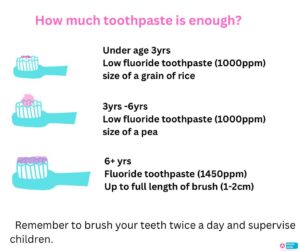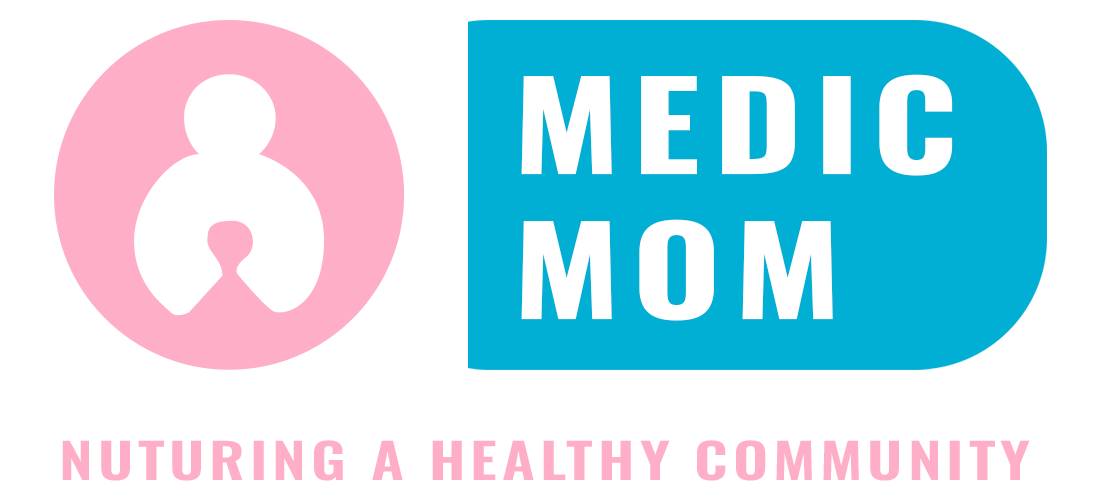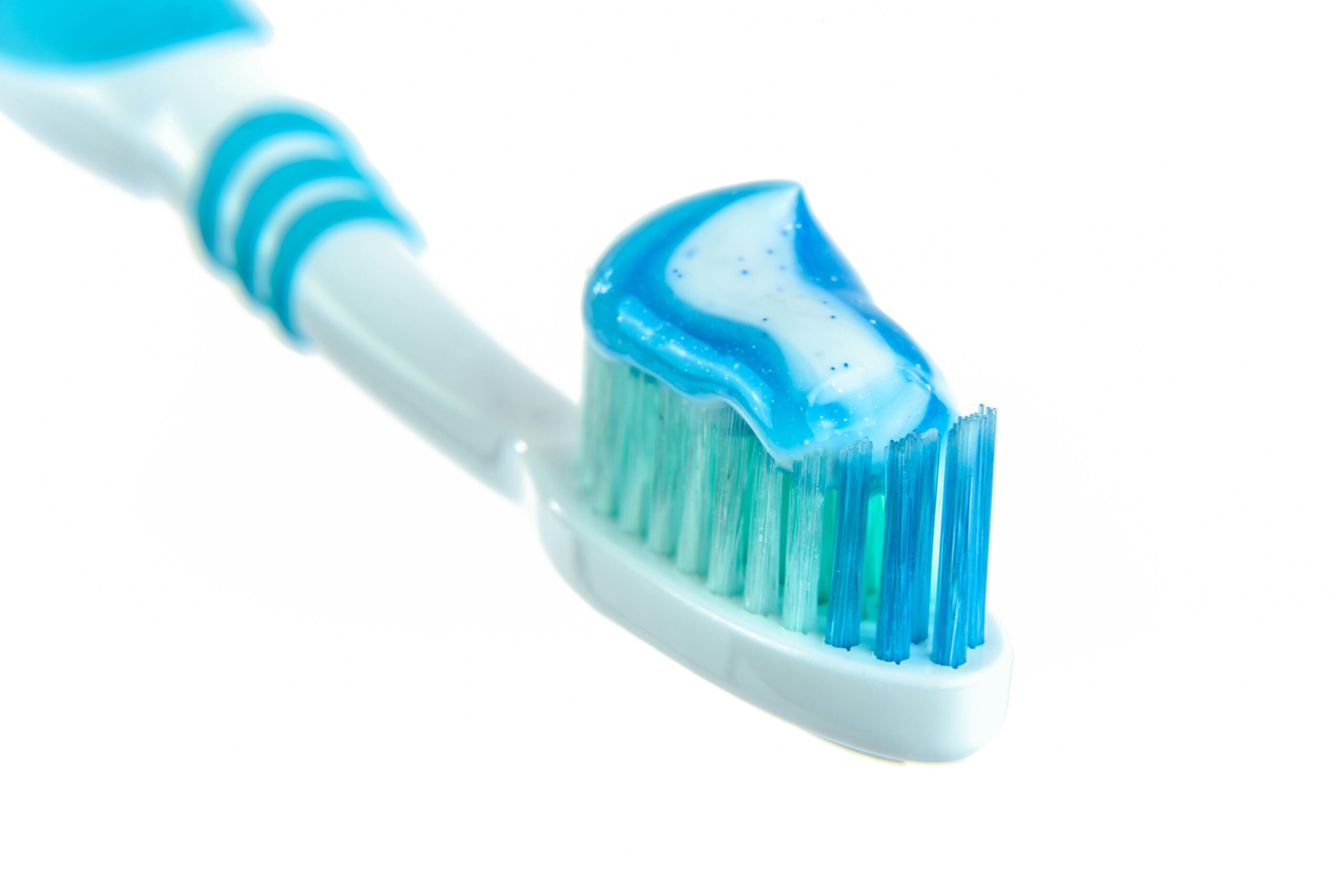Overview
Introduction
Oral health is a crucial aspect of overall well-being that encompasses the health of the mouth, teeth, gums, and surrounding structures. It plays a significant role in enabling individuals to eat, speak, smile, and express emotions without discomfort or embarrassment. Poor oral health can lead to various health issues, affecting not just the mouth but also the entire body.
Definition
Oral health refers to the state of the oral-facial system that allows individuals to perform essential functions such as eating and speaking. The oral-facial system includes the teeth, gum, tongue, lip, palate, bony structures, muscles etc.
Maintaining good oral health is vital for overall health and quality of life.
Common oral health conditions include:
Dental Caries (Tooth Decay): The most prevalent oral disease, caused by bacteria that produce acids that erode tooth enamel.
Periodontal Disease: Involves inflammation and infection of the gums and supporting structures of the teeth. It can progress from gingivitis (mild) to periodontitis (severe).
Oral Cancer: Includes cancers of the lips, tongue, cheeks, and throat. Risk factors include tobacco use and excessive alcohol consumption.
Tooth Loss: Often a result of untreated dental caries or periodontal disease.
Causes and Risks
Several factors contribute to poor oral health:
Poor Oral Hygiene:
Inadequate brushing and flossing can lead to plaque buildup, resulting in cavities and gum disease.
Dietary Habits:
High sugar intake of foods and beverages increases the risk of dental caries .
Tobacco Use:
Smoking and chewing tobacco are significant risk factors for gum disease and oral cancer.
Diagnosing oral health diseases
The diagnosis of oral health diseases typically involves:
Oral health, Medical and Social History: Understanding a patient’s medical history and lifestyle helps identify risks for oral diseases.
Clinical Examination: Dentists assess the mouth for signs of decay, gum disease, or other abnormalities.
Radiographic Imaging: X-rays may be used to detect cavities or bone loss around teeth that are not visible during a clinical examination.
Treatment
Treatment options depend on the specific condition:
Dental Caries: Treatment may involve fillings for cavities or crowns for more extensive decay.
Periodontal Disease: Mild cases may require professional cleaning, while severe cases might need surgical intervention.
Oral Cancer: Treatment often involves surgery, radiation therapy, or chemotherapy depending on the stage of cancer.
Prognosis
The prognosis of oral health issues is affected by the stage of detection and when treatment was started. Untreated diseases can lead to severe complications such as abscess formation, tooth loss or other even systemic diseases like heart diseases.
Prevention
Preventive measures are essential for maintaining good oral health:
Daily Oral Hygiene: Brushing teeth twice daily with fluoride toothpaste and flossing daily can help prevent cavities and gum disease.

Regular Dental Visits: Routine check-ups allow for early detection and treatment of potential issues. At least one or two dental visits a year is appropriate.
Healthy Diet: Limiting sugary snacks and beverages while increasing fruits, vegetables, and whole grains can support oral health.
Fluoride Use: Fluoride treatments from dentists or using fluoride toothpaste can strengthen tooth enamel.
Effects of poor oral health
Living with poor oral health can significantly impact quality of life.
Physical Effects: Pain from dental issues can affect eating habits and nutrition.
Psychosocial Effects: Oral diseases can lead to embarrassment or social withdrawal due to appearance or discomfort.
Strategies for maintaining a good oral health
Individuals should maintain regular dental visits and adhere to prescribed treatments while practicing good oral hygiene at home.





